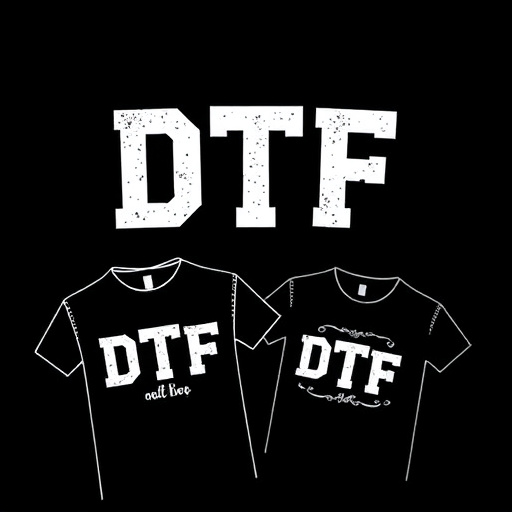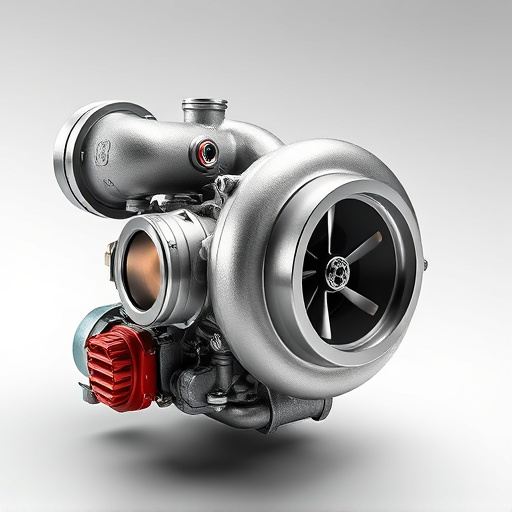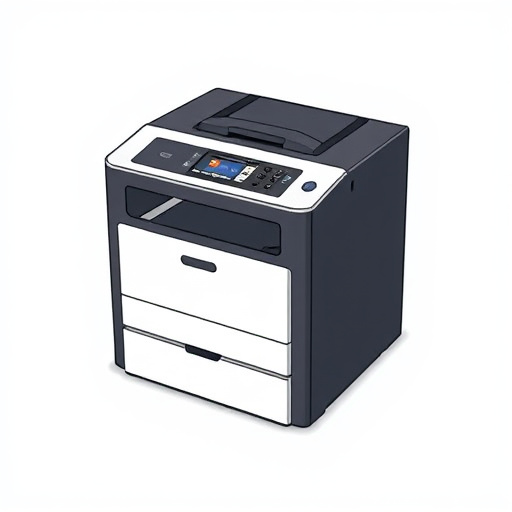The DTF Powder Adhesive is a specialized bonding agent for textile printing, featuring high-temperature stability due to its unique composition of thermoplastic resins, polymers, and fillers. This stability ensures precise design transfer and long-lasting durability on fabrics, making it a favorite among print professionals. Advanced formulation strategies incorporate specific resins and fillers with exceptional thermal properties, enabling the adhesive to withstand intense heat treatments in demanding industries like automotive and aerospace.
“Unraveling the secrets of high-temperature stability in DTF Powder Adhesives is essential for industries demanding superior performance. This article delves into the intricate composition of DTF (Direct Thermal Forming) powder adhesives and how they bond at elevated temperatures. We explore factors influencing their stability, from raw material choices to processing techniques. Furthermore, we provide insights on ensuring these adhesives withstand extreme conditions, offering a comprehensive guide for professionals seeking robust solutions in various applications.”
- Understanding DTF Powder Adhesive Composition
- Factors Affecting High-Temperature Stability
- Ensuring Longevity in Extreme Conditions
Understanding DTF Powder Adhesive Composition

The DTF Powder Adhesive is a specialized bonding agent designed for use in textile printing and customization. Its composition typically includes a blend of thermoplastic resins, polymers, and fillers, tailored to withstand high temperatures during the heat pressing process. This unique formulation allows for the creation of intricate designs on various fabrics, making it a preferred choice among print professionals. The adhesive’s stability at elevated temperatures is a key factor ensuring long-lasting durability on garments and similar materials.
Understanding the composition involves recognizing that these adhesives are carefully engineered to balance adhesion, flexibility, and heat resistance. Key components like epoxy resins and specific fillers enhance thermal stability, preventing premature softening or melting under pressure and high heat. This stability is crucial for successful dtf printing, enabling precise transfer of designs onto custom sheets for heat pressing garments, while also facilitating the easy removal of the backing film (cold peel dtf transfers).
Factors Affecting High-Temperature Stability

The high-temperature stability of DTF Powder Adhesive is influenced by several factors. One key factor is the composition and quality of the powder itself; different types of powders may exhibit varying levels of resistance to heat, with higher-grade materials offering superior stability. Additionally, the manufacturing process plays a significant role; consistent and precise production techniques ensure that each batch maintains consistent high-temperature performance.
Another critical aspect is the application method, especially when using DTF printing for hoodies or other textiles. Improper application, such as inadequate spreading or uneven coating, can lead to hotspots and delamination at higher temperatures. Conversely, optimal application techniques, including careful control of temperature and pressure during curing, enhance the adhesive’s ability to withstand elevated temperatures, ensuring long-lasting bonds even under demanding conditions.
Ensuring Longevity in Extreme Conditions

In the realm of industrial adhesives, high-temperature stability is a paramount concern, especially when it comes to DTF Powder Adhesive, which has found its way into diverse applications from dtf prints to heat press operations for clothing brands. To ensure longevity under extreme conditions, these adhesives must resist degradation at elevated temperatures without compromising their bonding strength. This is crucial for maintaining the integrity of products that are subject to heat treatments during manufacturing or use, such as in automotive and aerospace industries where parts endure intense thermal cycles.
For DTF Powder Adhesives, achieving high-temperature stability involves sophisticated formulation strategies. Manufacturers incorporate specific resins, fillers, and additives known for their exceptional thermal properties. These components work synergistically to withstand heat presses, ensuring that logos and designs remain crisp and intact on materials like fabrics, plastics, and metals. This stability is not just about preventing the adhesive from melting but also about preserving its mechanical properties at elevated temperatures, thereby extending the lifespan of products in demanding environments.
DTF Powder Adhesives, renowned for their versatility, offer enhanced high-temperature stability thanks to precise composition and carefully considered factors. By understanding the interplay of these elements, manufacturers can ensure these adhesives perform optimally even in extreme conditions. Through strategic considerations and innovative techniques, it’s possible to achieve longevity and reliability, solidifying DTF Powder Adhesives as a top choice for demanding applications across various industries.














